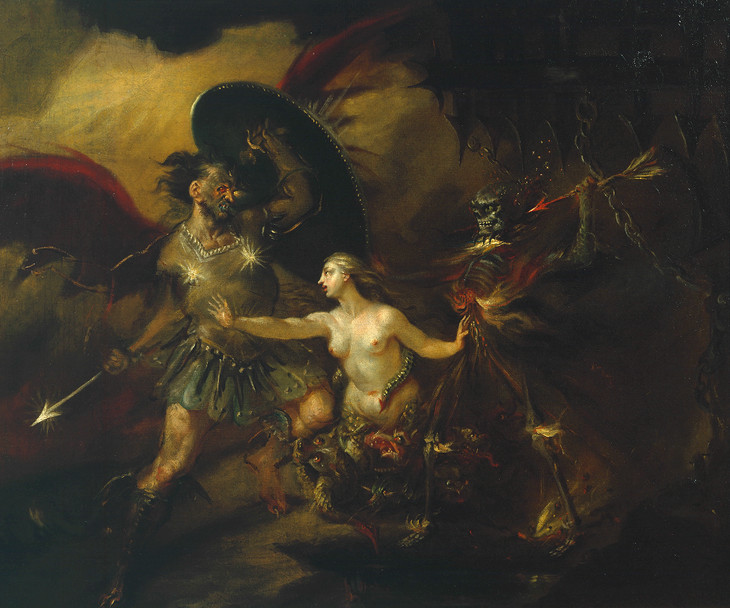The Baroque sublime
The sublime in art, it has often been suggested, starts with Edmund Burke’s Philosophical Enquiry (1757). Before this, so the conventional narrative goes, the sublime was a notion that applied only to rhetoric. However, the sublime in this period was very much concerned with the potential power of style and composition in the visual arts as much as in language, though it had yet to be applied to nature.
In recent years the early history of the concept of the sublime has proved a fertile area for research, with attention focusing on the impact of the writings of an ancient Greek writer known as Pseudo-Longinus, which were first translated into English in 1652.
The essays and case studies in this section review this earlier sublime, covering the relationships between writing, rhetoric and art in the late seventeenth and early eighteenth centuries.
How to cite
‘The Baroque sublime’, in Nigel Llewellyn and Christine Riding (eds.), The Art of the Sublime, Tate Research Publication, January 2013, https://www

